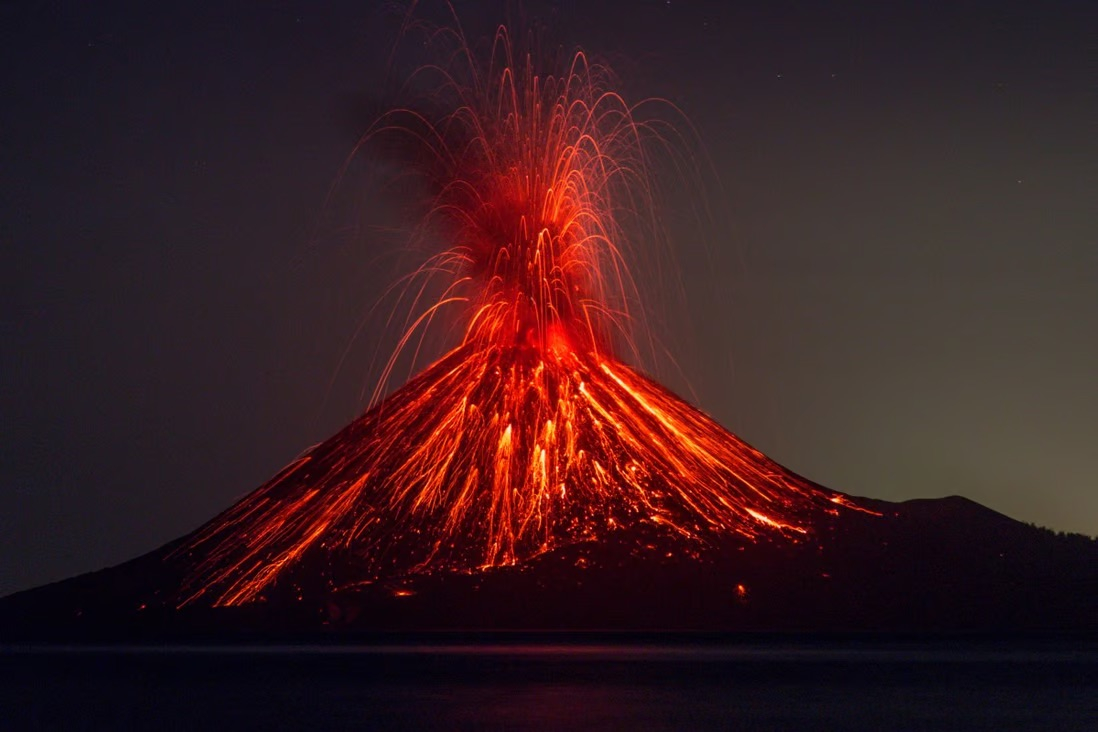A massive event that occurred at the end of the Permian period—long before the dinosaurs appeared—wiped out nearly 90% of marine and land species in a process often referred to as the "Great Dying."

Illustration: Shutterstock
Although the direct cause of the destruction has been widely debated, there is growing evidence that catastrophic global warming and aridity caused by volcanic activity were the main driving factors.
Intense volcanic activity at the time caused massive releases of greenhouse gases and other toxic gases, leading to global warming, frequent wildfires and “aridization,” a process in which areas become increasingly dry, Chinese researchers said in a recently published study.
Most previous studies on the extinction have focused on ocean records during the late Permian, but scientists in the past decade have also begun looking at terrestrial records, according to Jiao Shenglin, lead author of the study published last week.
“The novelty of this study is that we used an alternative approach to demonstrate the impact of high-temperature wildfire events on terrestrial ecosystems,” said Jiao, at the Nanjing Institute of Geology at the Chinese Academy of Sciences.
The end-Permian extinction event (EPME) saw volcanic emissions and wildfires lead to global warming that led to more intense wildfires, creating a vicious cycle. Scientists analyzed compounds in 40 samples collected in the Lengqinggou area of Guizhou Province, China.
According to the study, the Lengqinggou area is a transitional area between land and sea with sediments from both, and is considered an important reference point for studying the ecosystem evolution in southwest China during the transition between the Permian and Triassic periods.
A 2021 study by the same team found abundant charcoal in China's western Xinjiang region as well as Guizhou, also supporting the theory of frequent wildfire events and vegetation changes.
Mai Anh (according to SCMP)
Source




































































































Comment (0)